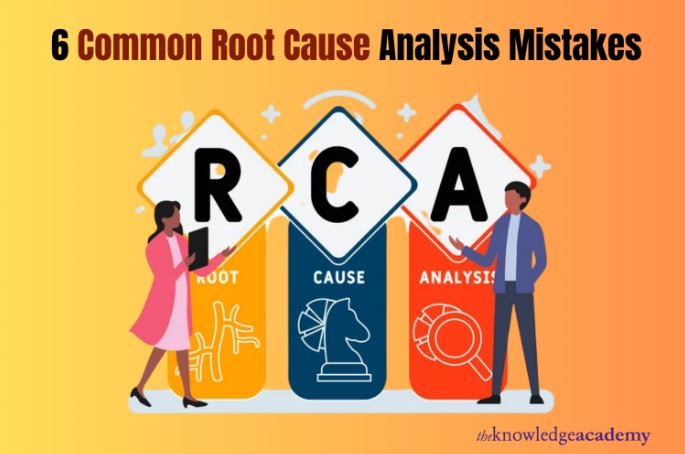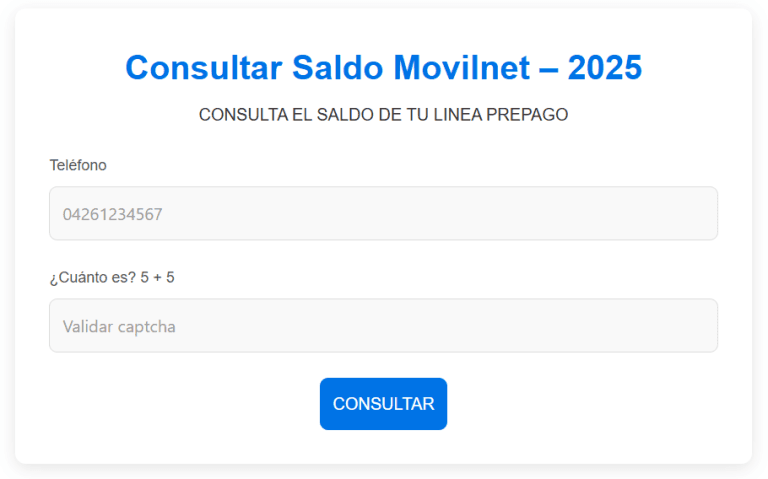6 Common Root Cause Analysis Mistakes

When it comes to solving recurring problems at work, many professionals turn to Root Cause Analysis Training to sharpen their thinking. But even with the right tools, mistakes happen. Whether preparing for Root Cause Analysis Interview Questions and Answers or simply wanting to improve your skills, knowing what not to do is just as important as knowing what works. So, what mistakes are holding back your investigations? Let’s explore where most people slip up and how to get it right.
1. Jumping to Conclusions Too Soon
Have you ever been so certain of an issue’s root cause that you forego further investigation? You wouldn’t believe how frequent that is. One of the most common errors in root cause analysis is this one. It may seem expedient to rush into implementing a solution based on a gut feeling or scant information, but this can quickly result in recurring problems later.
Issues are sometimes multi-layered, and what initially appears to be the solution is frequently only one aspect of a larger picture. Root cause analysis training is valuable because it teaches you to step back, slow down, and employ a logical approach. It’s simple to overlook the true problem without that discipline and squander time and money.
2. Focusing on Symptoms, Not Causes
Another typical mistake is mistaking a problem’s symptoms for its underlying cause. Let’s say a project consistently misses its due dates. It could be easy to point the finger at a sluggish vendor or overworked employees. However, if you look more closely, the true cause may be inadequate preparation or unclear communication. A superficial solution will provide short-term respite, but the issue will probably recur, sometimes more complicatedly.
You learn to see past the obvious with strong root cause analysis training. This is particularly helpful when preparing for the Root Cause Analysis Interview Questions and Answers, which frequently evaluate practical reasoning and examples. Seek to understand the “why” underlying the “what” at all times.
3. Using the Wrong Tools
Root cause analysis can be done in several ways, including Pareto charts, the 5 Whys method, and fishbone diagrams. However, you can get off course if you use the wrong tool incorrectly. For example, applying the Five Whys to a complicated technological challenge could make it too easy. Similarly, you may lose sight of the wider picture if you use a tool excessively just because you feel comfortable using it.
The effectiveness of a tool depends on its user. Proper training makes understanding when and how to use each tool easier. An intelligent problem-solver differs from a guesser in that they choose the appropriate course of action depending on the circumstances.
4. Ignoring Team Input
It is never appropriate to conduct root cause analysis alone. However, many people attempt to work alone, believing they can identify the problem without seeking advice from others. This restricts the viewpoint and frequently overlooks important details. Workplace issues are rarely the result of a single person or process step. Usually, several interrelated problems lead to them.
Your team can provide firsthand information, different perspectives, and viable solutions you might not think of independently. This becomes even more crucial when answering Root Cause Analysis interview questions and answers because interviewers are looking for teamwork in problem-solving. Analysing is crucial, but so is listening.
5. Failing to Verify the Root Cause
Your hard work could be undone if you don’t confirm the core reason, even if your analysis seems accurate. How can you be certain that the problem you’ve detected is the real deal and not just a symptom? You should always test your assumptions before putting a solution into practice. Conduct experiments, collect information, and seek proof that your conclusions adequately address the issue.
Ignoring this phase frequently results in “solutions” that do nothing, and the damage caused by the original problem persists. Verification increases the impact and dependability of your results, although it could take a little longer.
6. Skipping Follow-Up and Monitoring
It may seem like the work is finished once the root problem has been identified and addressed. However, monitoring the effectiveness of your treatment over time is an essential component of root cause analysis. Has the issue been resolved? Did your remedy cause any new problems to arise? If you don’t monitor, you risk doing the same analysis again later, sometimes on a larger scale.
Small process audits, team input, and frequent check-ins are all very helpful in determining whether or not your solution worked. Follow-up is essential to long-term problem-solving; it is not an afterthought.
Conclusion
Avoiding these common mistakes can transform how you approach problems at work. Sharpening your skills is essential, whether improving daily operations or preparing for Root Cause Analysis Interview Questions and Answers. For a structured approach and hands-on experience, Root Cause Analysis Training from The Knowledge Academy can help you master the techniques that make a real difference in solving complex issues confidently.






